Every spring, foragers across North America embark on a treasured ritual—hunting for the elusive and delicious morel mushroom. These honeycomb-capped fungi are among the most prized edibles in the wild food world, commanding high prices at markets and appearing on the menus of upscale restaurants. However, finding morels requires knowledge, patience, and a bit of luck.
In this comprehensive guide, we'll explore the best places to hunt for morel mushrooms, breaking down habitat preferences, regional differences, and insider tips to increase your chances of a successful harvest. Whether you're a seasoned forager or a curious beginner, this guide will help you locate these springtime treasures.
Understanding Morel Habitat: Where Morels Thrive
Morel mushrooms have specific habitat preferences that can guide your search. While they can occasionally surprise you by popping up in unexpected places, focusing on these key environments will dramatically increase your chances of success.
Tree Associations
Morels form relationships with certain tree species, making these areas prime hunting grounds. The specific tree associations can vary by region, but several consistently produce results:
Eastern and Midwestern United States
- Elm Trees: Particularly dead or dying American elms affected by Dutch elm disease. The area around dying elms with bark that hasn't fully shed yet is particularly productive.
- Ash Trees: Both living and recently dead ash trees are excellent locations to search.
- Apple Trees: Old apple orchards are consistently productive morel spots.
- Tulip Poplars: Common in the eastern forests and a favorite of morel hunters.
- Sycamore Trees: Especially in river bottom areas.
Western United States
- Cottonwood Trees: Especially in river bottoms, these are prime locations.
- Aspen Stands: Particularly in mountainous regions.
- Conifer Forests: Following forest fires, these areas can be incredibly productive.
Soil Conditions
The soil composition plays a crucial role in morel growth:
- Loamy Soil: A mixture of sand, clay, and decaying organic matter.
- Well-Drained Ground: Morels prefer moisture but not waterlogged conditions.
- Calcium-Rich Soil: Areas with higher limestone content often produce better results.
- Forest Floor Litter: A layer of decaying leaves and organic matter provides ideal growing conditions.
Landscape Features
Certain landscape features are associated with better morel hunting:
- South-Facing Slopes: Early in the season, focus on south and west-facing slopes which warm up first, then transition to north and east-facing slopes later in the season.
- River Bottoms and Floodplains: River systems like the Missouri, Mississippi, Ohio, Platte, and Illinois, along with their tributaries, often provide excellent morel habitat, with the best spots sometimes only accessible by boat.
- Forest Edges: The transition zone between forest and field often produces morels.
- Disturbed Ground: Areas where the soil has been disturbed often trigger morel growth.
Burn Areas: The Morel Motherlode
One of the most productive environments for morel hunting, particularly in western states, is recently burned forest land:
- First and Second Year After Fire: In the western region, burn areas where wildfires have scorched the land often produce abundant harvests, especially in the first and second years following the fire.
- Moderate Intensity Burns: Areas with moderate burn intensity often produce better than severely burned areas.
- Conifer Forests: Burned pine, fir, and spruce forests are especially productive.

Regional Guide to Morel Hunting
Morel hunting varies significantly by region. Here's a breakdown of what to expect and where to look across different parts of North America.
Northeast and New England
- Season: May through June is typically prime hunting season in the Northeast.
- Habitat Focus: Look for elm, ash, and apple trees. Tulip poplars are also productive in this region.
- Special Considerations: The Northeast typically doesn't have the massive burn-related fruitings seen in western states, so focus on traditional tree associations.
- Key Locations: Hardwood forests, old apple orchards, and stream bottoms tend to be most productive.
Mid-Atlantic Region
- Season: April through early May.
- Habitat Focus: In the Mid-Atlantic, tulip poplars are particularly productive trees, often with straight trunks and few low branches.
- Terrain: Southern-facing slopes that receive good sunlight are ideal early in the season.
- Key Locations: Mixed hardwood forests, especially those with tulip poplars, ash, and elm.
Midwest (Great Lakes Region)
- Season: April through May, with Mother's Day traditionally marking the middle of the season in many areas.
- Habitat Focus: Recently deceased white and red elms are major producers in the mixed hardwood forests of the upper Midwest.
- Indicator Species: Watch for bloodroot flowering, mayapples forming "umbrellas," and jack-in-the-pulpits opening—these signs indicate the right conditions for morels.
- Key Locations: Michigan is known for exceptional morel hunting, but all Great Lakes states produce well. In Michigan, May is typically peak morel month, though the season can extend from late April to mid-June depending on location and species. Interestingly, southern Michigan can offer some of the best picking.
Central Plains and Southern Midwest
- Season: Late March through April in southern areas, extending into May further north.
- Habitat Focus: River bottoms, especially near cottonwood, sycamore, and elm trees.
- Special Considerations: Areas that experienced spring flooding often produce well the following year due to soil disturbance.
- Key Locations: Wooded areas along river systems like the Missouri, Mississippi, and their tributaries.
Mountain West
- Season: Highly variable due to elevation differences, from April through July.
- Habitat Focus: Burn areas, aspen groves, and river bottoms with cottonwoods.
- Elevation Strategy: As the season progresses, morels appear at progressively higher elevations, allowing for an extended hunting season by following this altitude gradient.
- Key Locations: Recent forest fire areas, particularly in coniferous forests, and river bottoms.
Pacific Northwest
- Season: March through July, with timing varying based on elevation and weather patterns: March-April in low elevation areas and urban environments, April-May in mid-elevation areas and warmer burn areas, and May-July in higher elevations.
- Habitat Focus: In the Pacific Northwest, burn sites in high mountain evergreen forests are particularly productive.
- Commercial Importance: Commercial morel hunting is a significant industry in this region, with some areas requiring permits or commercial licenses.
- Key Locations: Recent burn sites, particularly in coniferous forests, often yield spectacular harvests.
California and Southwest
- Season: March through May at lower elevations, extending later at higher elevations.
- Habitat Focus: In northern California, productive areas include mixed conifer forests and areas with a high percentage of fir trees, typically at elevations between 4,000 and 6,000 feet.
- Special Considerations: Higher elevation hunting may be limited by snow access into late June or early July.
- Key Locations: Sierra Nevada forests, especially following fires, and higher elevation conifer forests.
Timing Your Hunt: When to Look for Morels
Timing is crucial for successful morel hunting. Here's how to know when conditions are right:
Temperature Indicators
- Soil Temperature: Morels typically emerge when soil temperatures consistently reach around 50°F (10°C) at a depth of 4 inches.
- Daytime Temperatures: Look for daytime temperatures in the low 70s°F (around 21-23°C).
- Nighttime Temperatures: Nighttime temperatures should be consistently in the 50s°F (around 10-15°C).
Seasonal Progression
- Southern United States: Late March to early April.
- Mid-Atlantic & Midwest: April through May.
- Northern States & Canada: May through June.
- Mountain Regions: Varies by elevation, sometimes extending into July.
Natural Indicators
Many experienced foragers use natural events as timing cues:
- Lilac Blooming: Many morel hunters follow the traditional advice to head to the woods when lilacs are in bloom.
- Oak Leaf Size: When oak leaves are about the size of a squirrel's ear, it's often prime morel time.
- Spring Ephemerals: The appearance of spring wildflowers like trillium, bloodroot, mayapples, and jack-in-the-pulpit often coincides with morel season.
Weather Patterns
- Spring Rain: A wet spring often forecasts a good morel season.
- Warm Days After Rain: The day after a spring rain when temperatures warm is often ideal for finding freshly emerged morels.
- Consistent Warmth: A string of nights where temperatures stay at or above 50°F (10°C) is a key trigger for morel emergence.

Advanced Hunting Strategies
Once you understand the basics of where and when to look, these advanced strategies can help you find more morels:
Search Patterns
- Slow and Methodical: Move slowly and scan the ground carefully—morels are masters of camouflage.
- The "Freeze and Look" Method: When you find one morel, stop and carefully search within a 20-foot radius, as you're likely to find more nearby.
- Complete the Circle: Once you find morels on the southern side of a tree, circle the entire tree as the season progresses, as morels will continue to emerge around the tree as soil temperatures change.
Technology Aids
Modern technology can assist in your morel hunt:
- Mapping Apps: Apps like onX Hunt allow you to identify recent burn areas, track tree species, and mark productive locations for future reference.
- Soil Temperature Maps: Online resources provide soil temperature data to help time your hunts.
- Morel Progression Tracking: Websites like The Great Morel track morel sightings across the country, helping you monitor when they're appearing in your region.
Identifying Productive Areas
Learn to recognize the subtle signs of potentially productive morel habitat:
- Indicator Species: Some mushroom experts suggest that the presence of Fairy Cup mushrooms indicates ideal morel habitat.
- Tree Identification: Learning to identify key tree species, even without leaves, is a valuable skill.
- Recognizing Disturbed Ground: Areas where logging, flooding, or fire has occurred within the last 1-2 years.
Safety and Ethical Considerations
Morel hunting comes with responsibilities to ensure both your safety and the sustainability of these precious fungi.
Identification Safety
- True vs. False Morels: Always make sure you can confidently identify true morels from false morels, which can cause illness or worse.
- The Hollow Test: True morels are completely hollow from cap to stem when sliced lengthwise, while false morels have a solid or cottony interior.
- When in Doubt: Follow the forager's maxim: "When in doubt, throw it out."
Sustainable Harvesting
- Harvesting Method: Cut or pinch the stem just above the soil to leave the base in place.
- Use Mesh Bags: This allows spores to drop as you walk, potentially seeding new growth.
- Leave Some Behind: Don't harvest every morel you find—leave some to sporulate and ensure future crops.
Access Considerations
- Permission: Always obtain permission before hunting on private property.
- Public Land Regulations: While many state parks, recreation areas, and wildlife management areas allow morel hunting, specific regulations may apply.
- Permits: Some areas, particularly in western states, require permits for harvesting morels, especially for commercial purposes.
Regional Hotspots: Where to Try Your Luck
While specific locations are closely guarded secrets among serious morel hunters, these general areas are known for productive morel hunting:
Northeast
- The Adirondack Mountains in New York
- Hardwood forests throughout New England
- Old apple orchards throughout the region
Mid-Atlantic
- Shenandoah Valley in Virginia
- Maryland's riverine forests
- Pennsylvania's mixed hardwood forests
Midwest
- Michigan's Upper and Lower Peninsulas
- Southern Wisconsin's hardwood forests
- The driftless region of Minnesota, Iowa, and Illinois
- Missouri's river bottoms and forests
Mountain West
- Recent burn areas in Montana's national forests
- Aspen groves in Colorado
- Idaho's coniferous forests following fires
Pacific Northwest
- Recent burn sites throughout Oregon and Washington
- River bottoms with cottonwood trees
- The eastern slopes of the Cascade Mountains
Conclusion: The Joy of the Hunt
Finding morel mushrooms is about more than just harvesting a delicious food—it's about connecting with nature, learning to read the landscape, and participating in a springtime tradition that has delighted foragers for generations.
The hunt for morels takes you to beautiful spring woodlands full of wildflowers, bird songs, and the fresh green of new growth. Even if your basket comes back empty, the experience of searching can be rewarding in itself.
With the knowledge in this guide, patience, and persistence, you'll develop the skills needed to find these elusive forest treasures. Remember that every experienced morel hunter started as a beginner, and each season brings new opportunities to refine your skills and discover new hunting grounds.
Happy hunting, and may your baskets be full of these springtime delicacies!

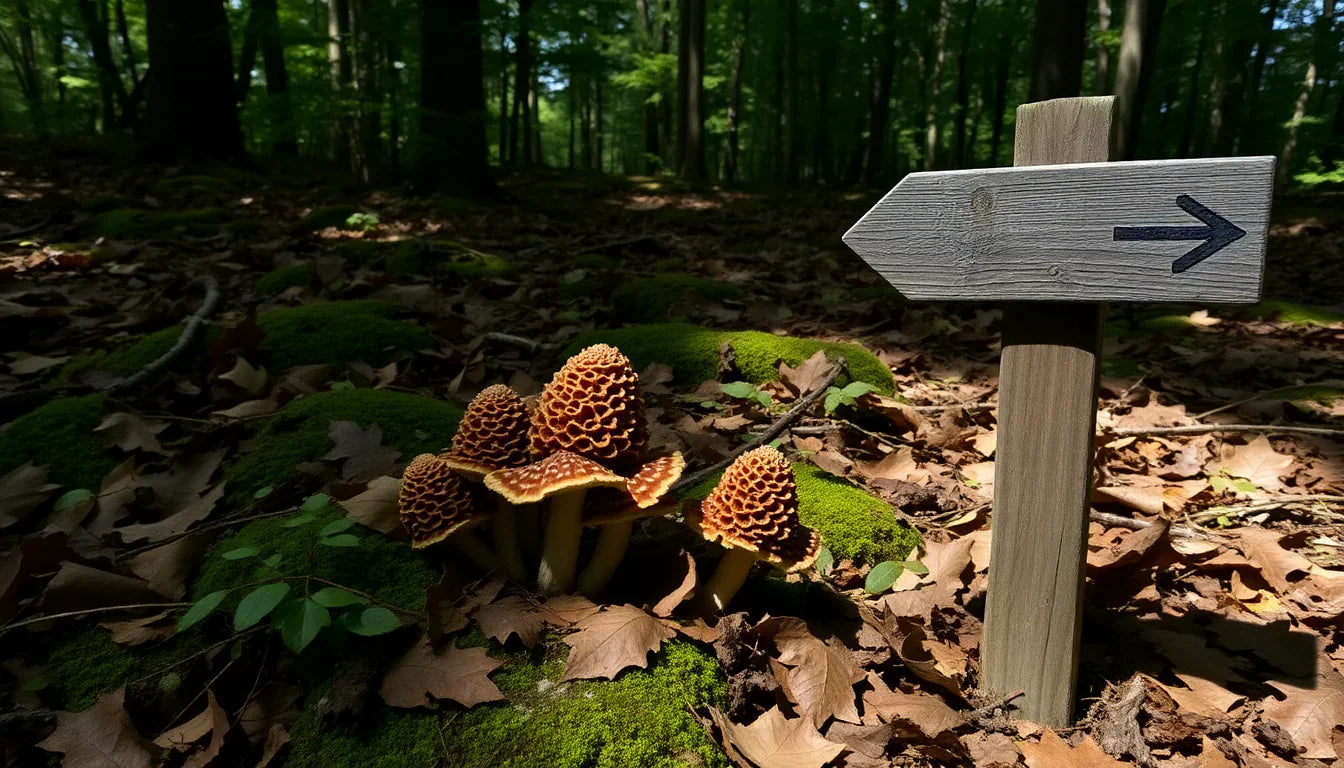
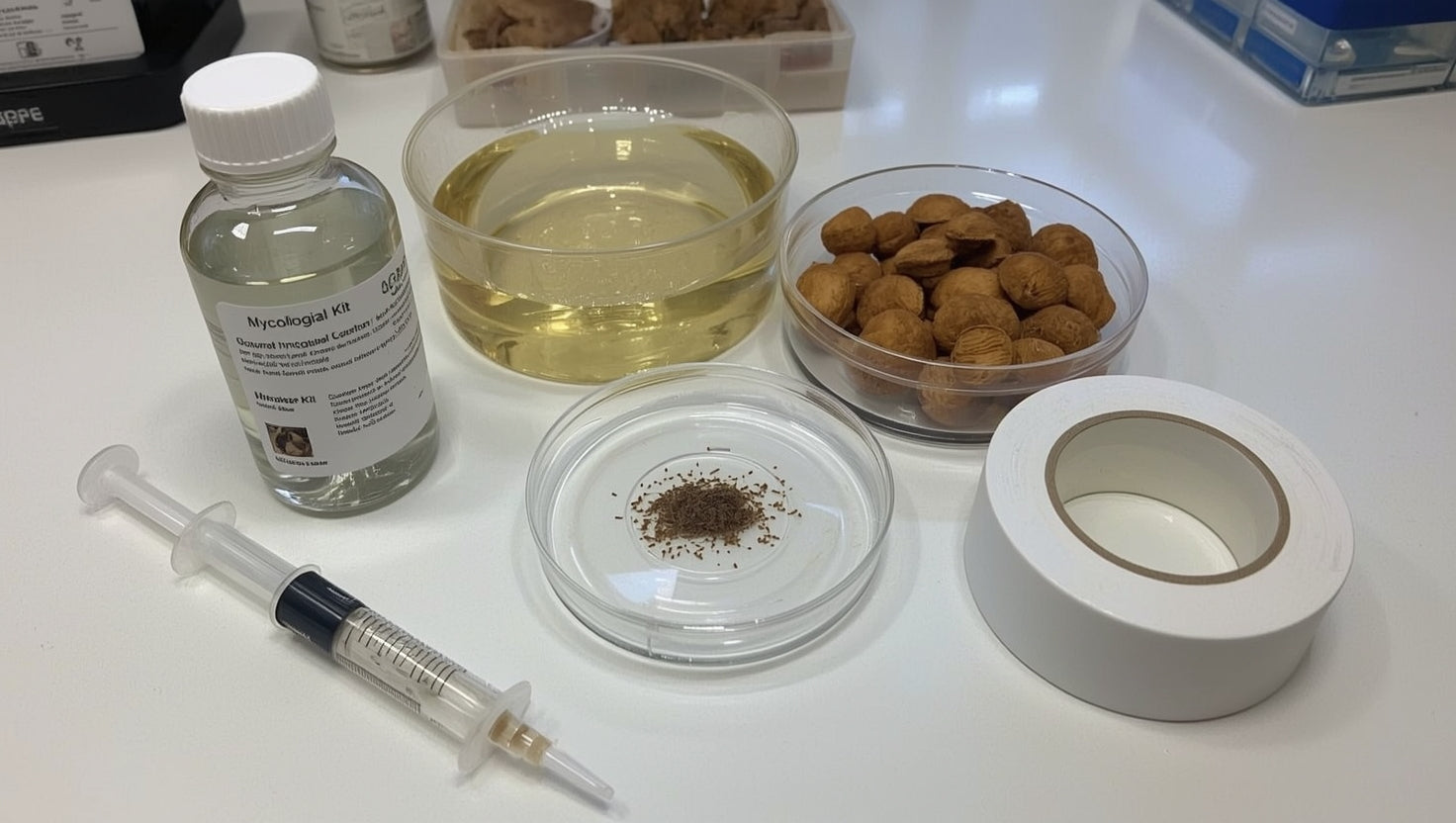
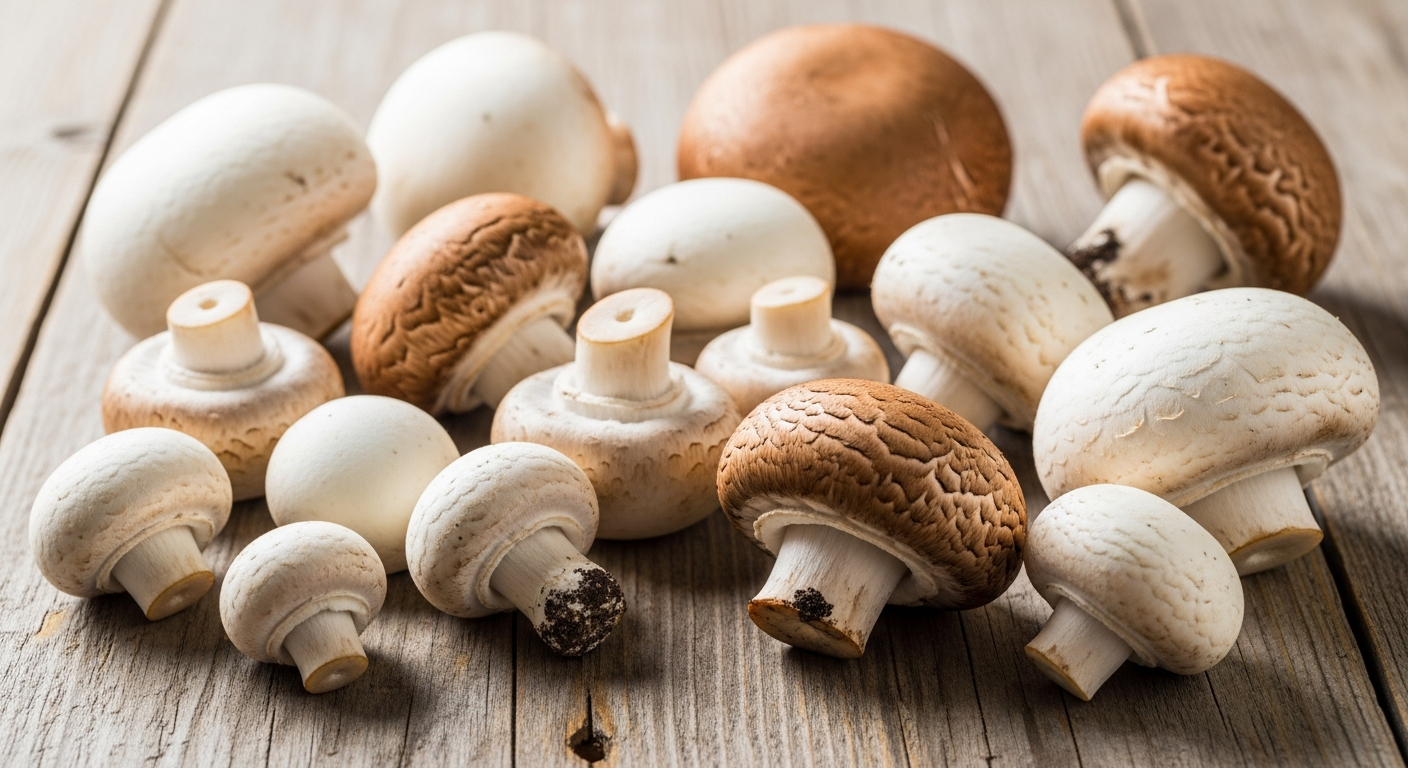
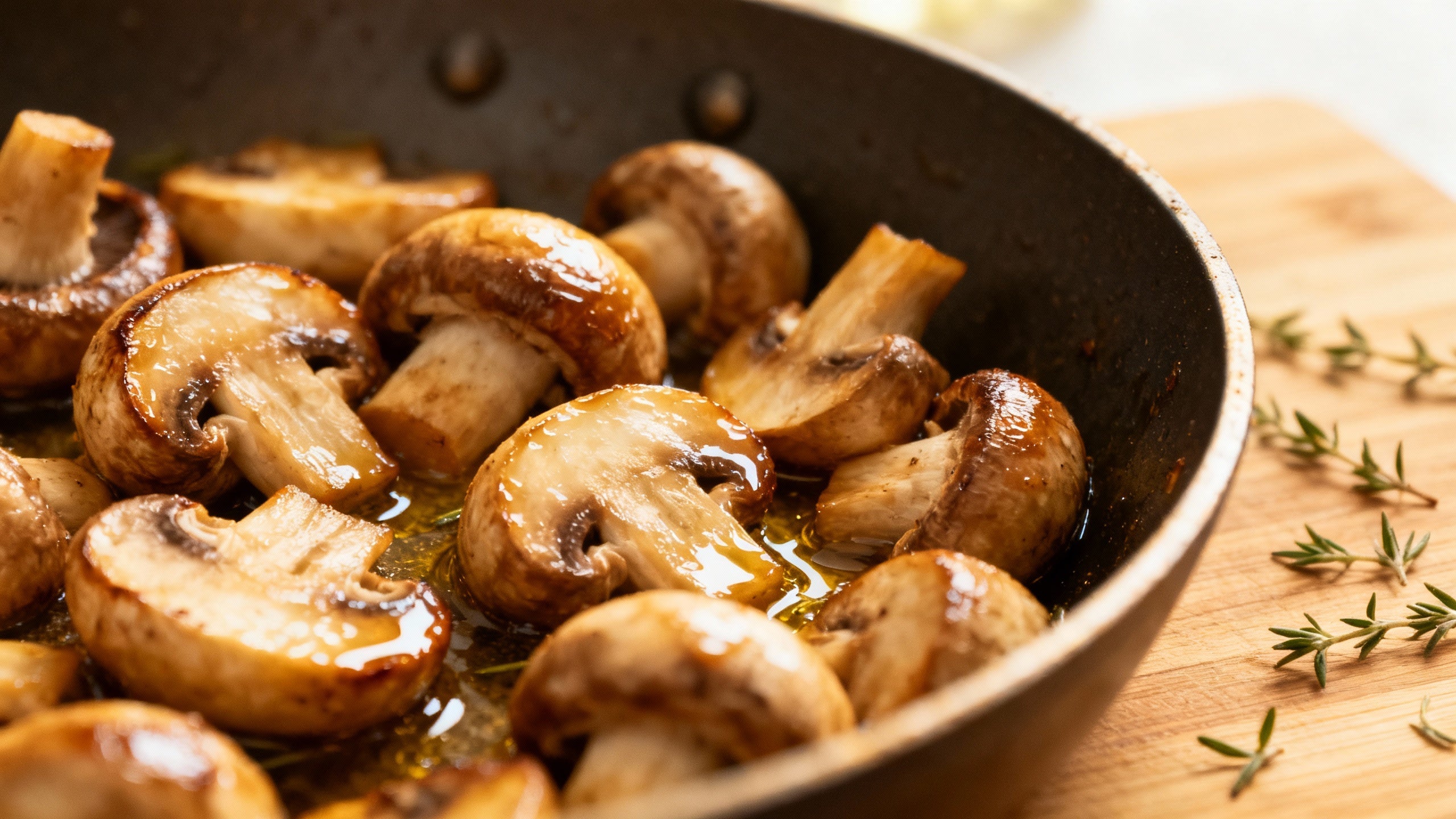
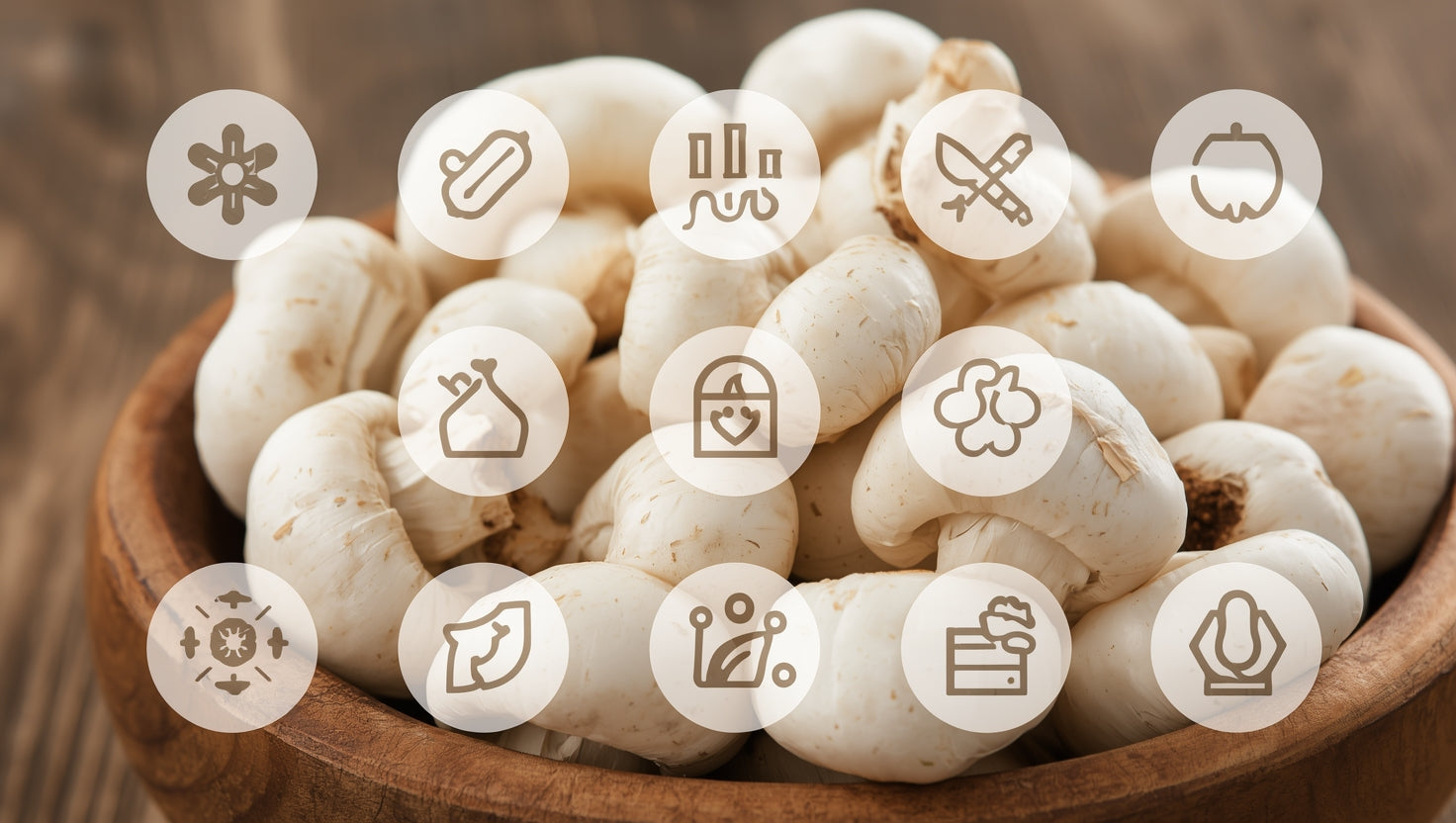
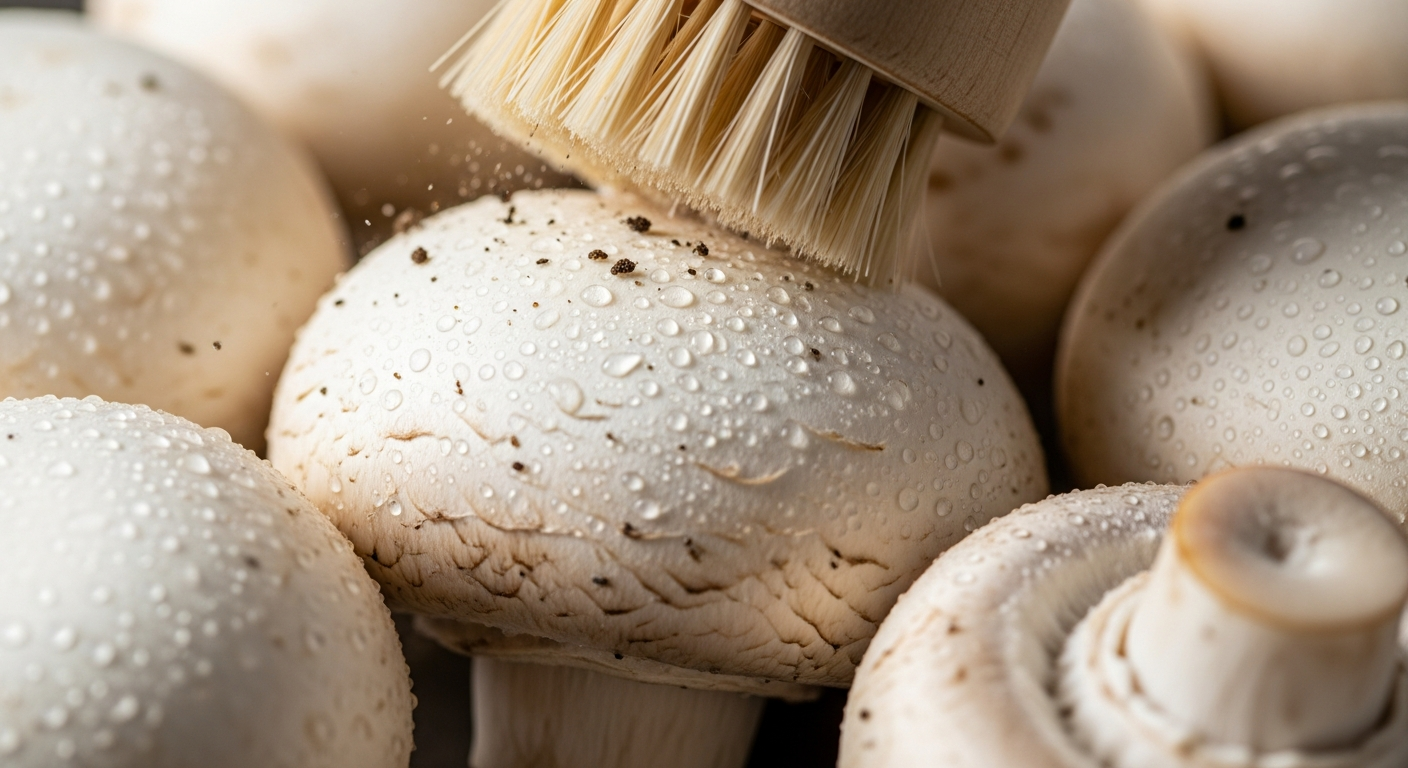
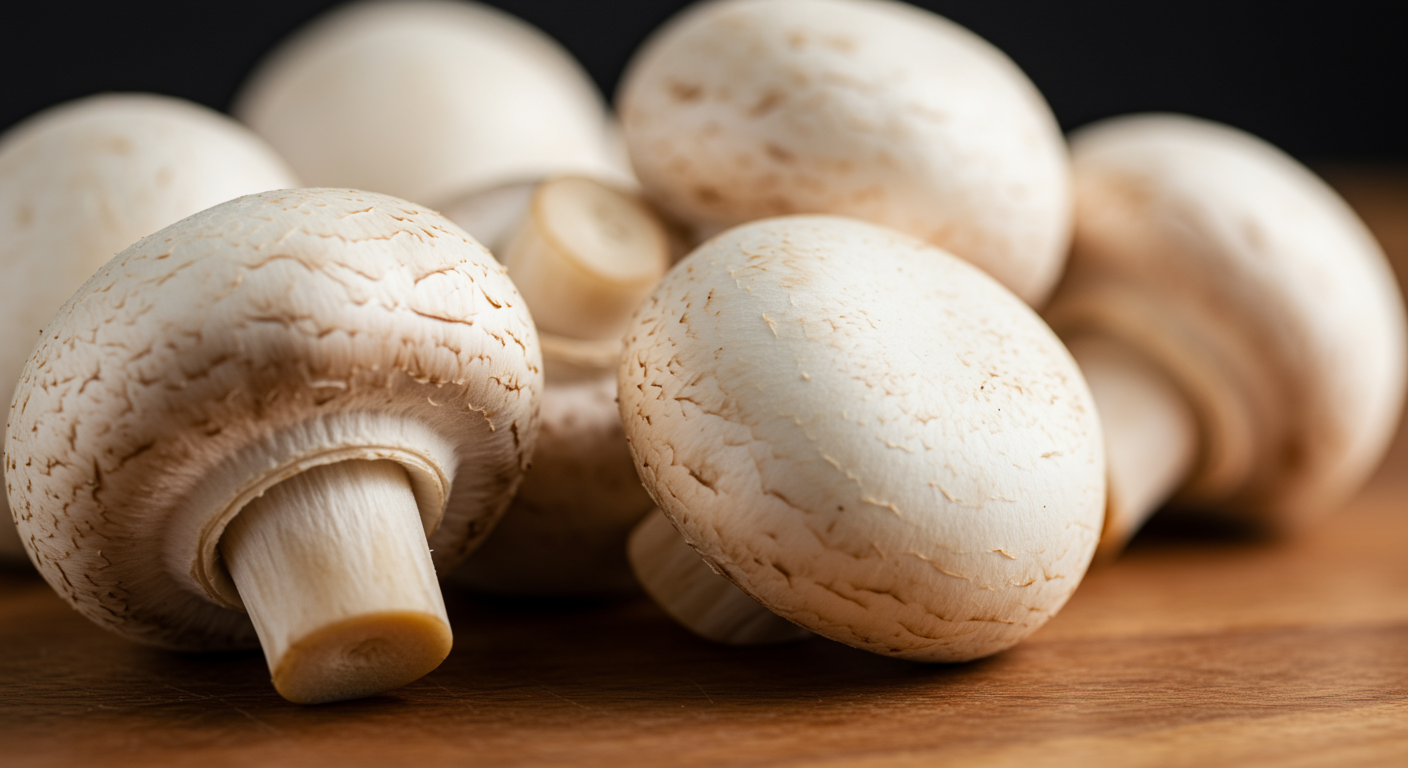

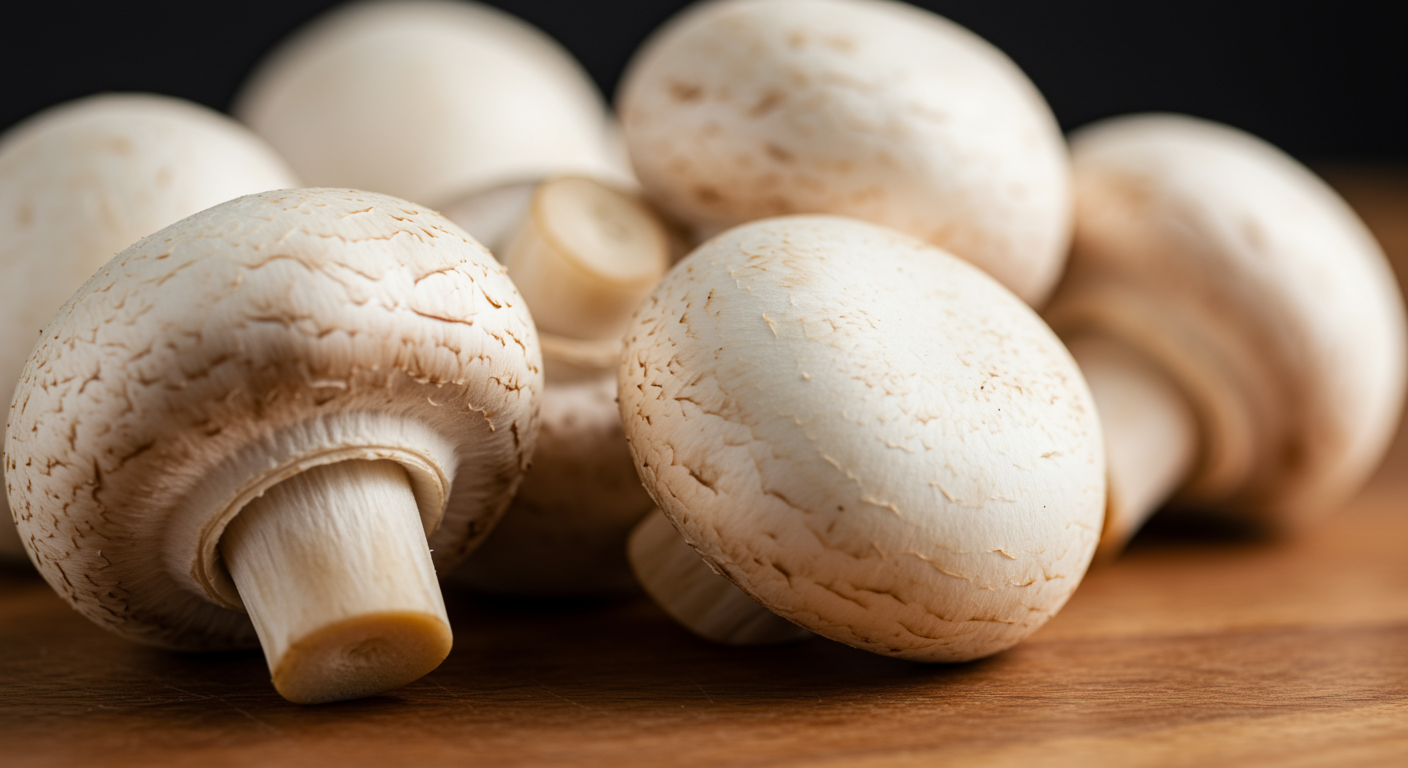
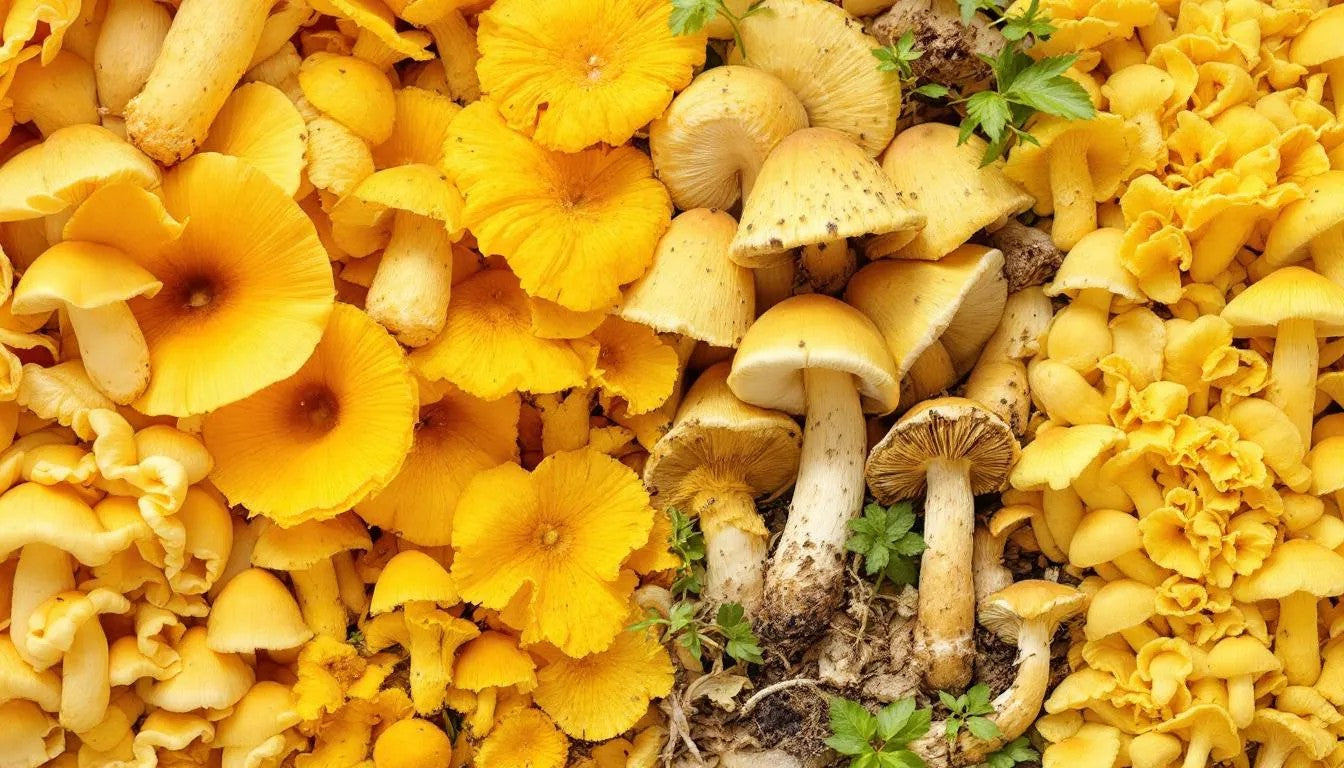
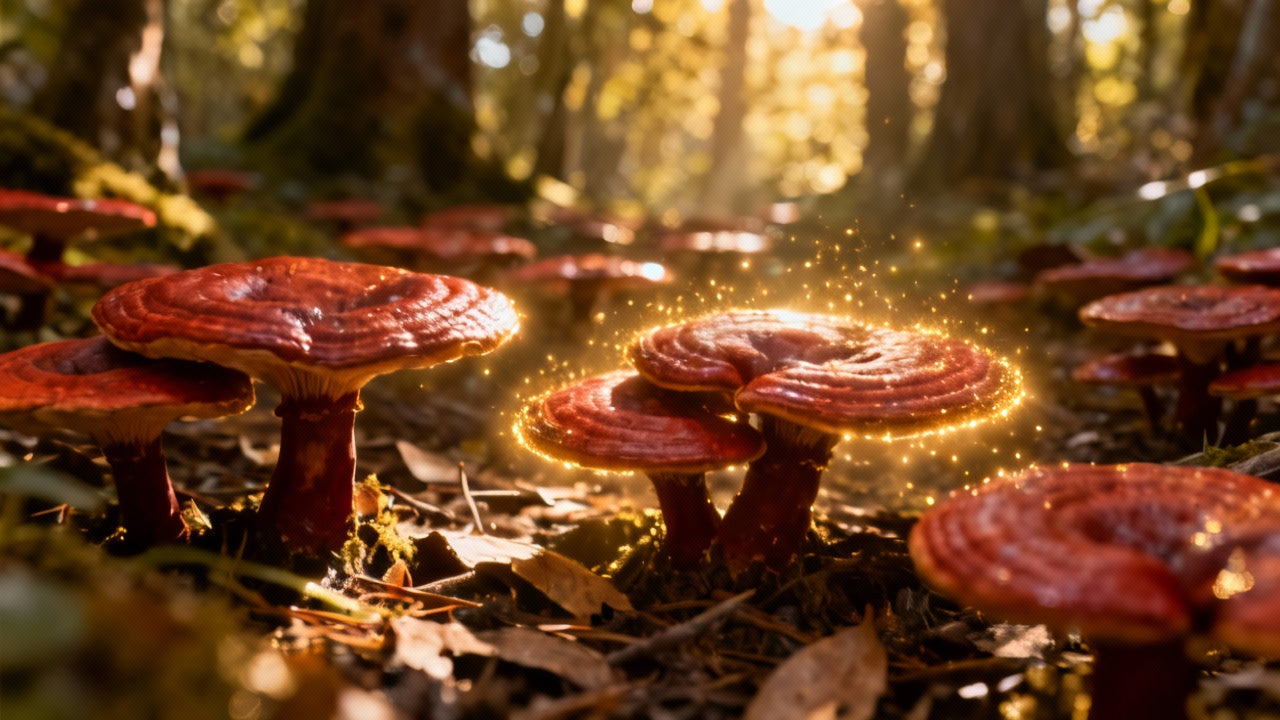
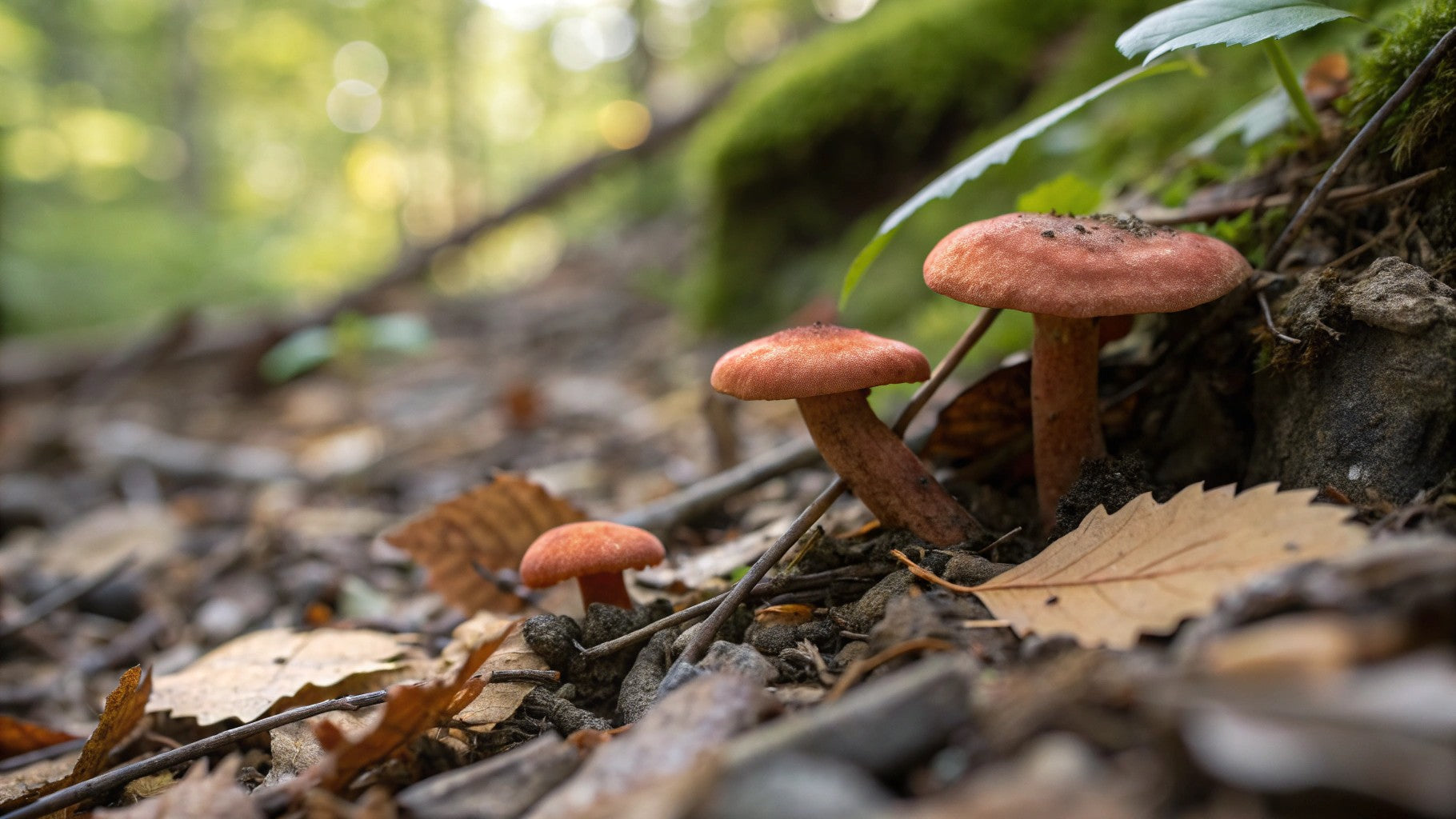
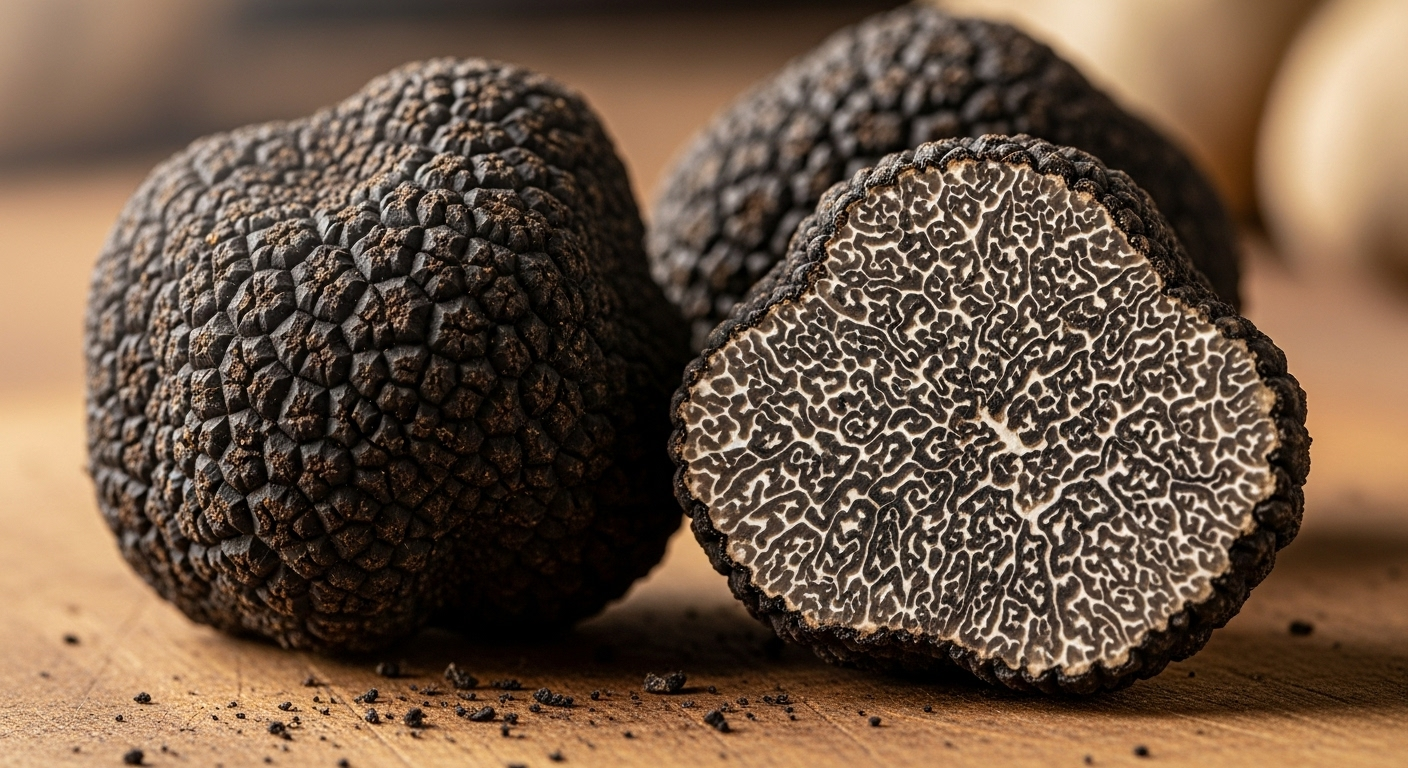
Share:
Morel Mushroom Benefits: A Delicious Secret
The Biggest Morel Mushroom Ever Found: An Enthralling Hunt